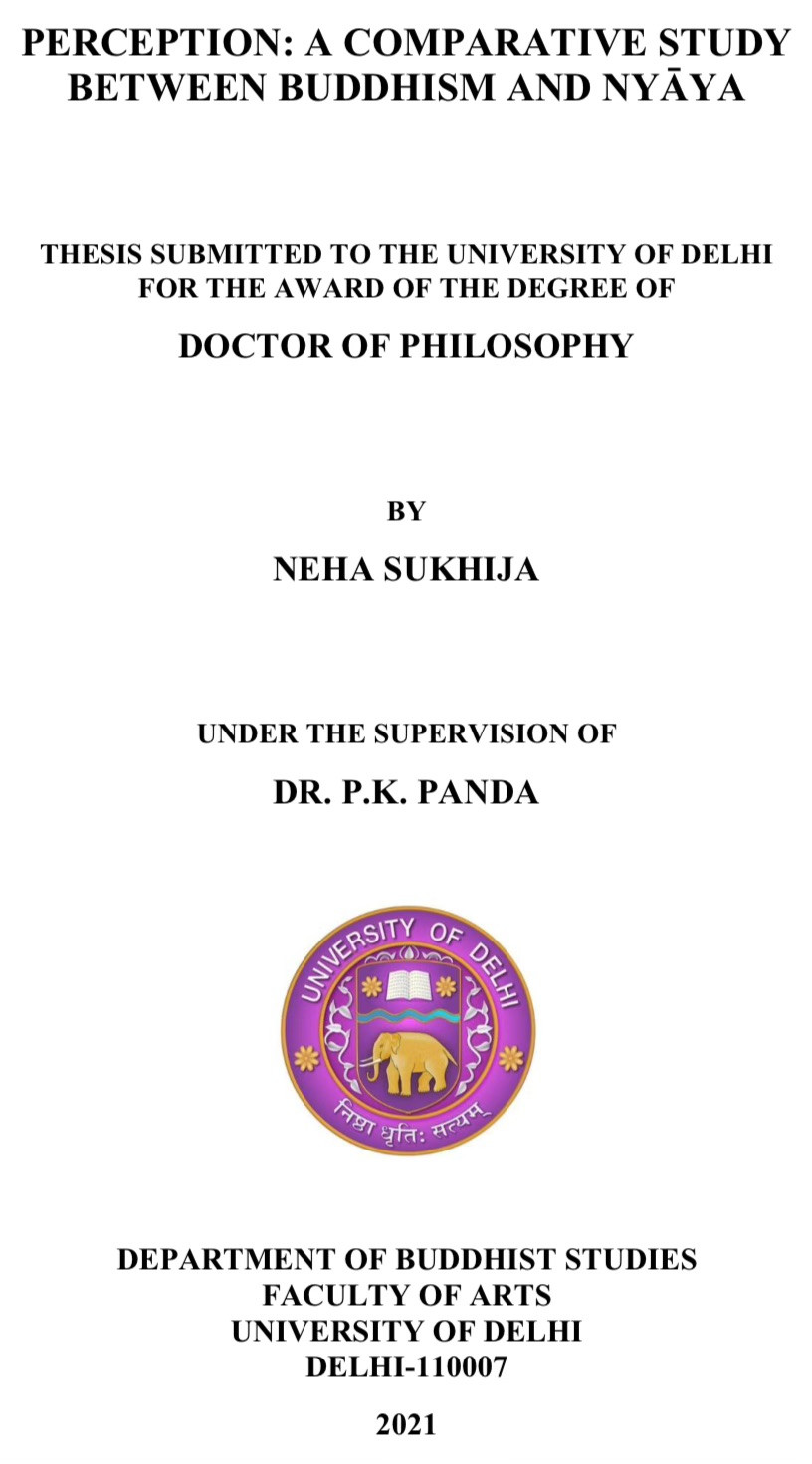

Most ebook files are in PDF format, so you can easily read them using various software such as Foxit Reader or directly on the Google Chrome browser.
Some ebook files are released by publishers in other formats such as .awz, .mobi, .epub, .fb2, etc. You may need to install specific software to read these formats on mobile/PC, such as Calibre.
Please read the tutorial at this link: https://ebookbell.com/faq
We offer FREE conversion to the popular formats you request; however, this may take some time. Therefore, right after payment, please email us, and we will try to provide the service as quickly as possible.
For some exceptional file formats or broken links (if any), please refrain from opening any disputes. Instead, email us first, and we will try to assist within a maximum of 6 hours.
EbookBell Team

4.7
16 reviewsIt offers an historical survey of Buddhist epistemology with special reference to the epistemological doctrines of Diṅnāga and Dharmakīrti. It establishes the general validity and relevance of pratyakṣa through identifying its applications, either consciously or unconsciously, in every sphere of human life. Essentially, for any knowledge, emerging by any means, pratyakṣa will be its centre point.
The sphere of perception in the Diṅnāga Buddhist and Nyāya systems consists of multiple factors, processes and conditions, including the path to pure perception. When the two philosophical schools are compared in terms of these aspects, significant differences and similarities are revealed.
The study concludes that study of the Diṅnāga Buddhist theory of perception has both great philosophical utility with respect to ontology, epistemology and ethics, as well as great practical value for the living of human existence. It is not to be disregarded as the ancient Nyāya philosophers suggested.
CONTENTS
INTRODUCTION 1-21
CHAPTER 1: THE NATURE AND CRITERION OF KNOWLEDGE 22-55
1.1 The Nature of Knowledge 22
1.2 The Nature of Pramāṇa 32
1.3 The Test of the Truth of Knowledge 36
1.4 Criticism of the Theories of Truth 41
1.5 Theory of Error/Illusion 45
1.6 Nature of Illusion 47
1.7 The Sources of Valid Knowledge 49
CHAPTER 2: THE FOUR BUDDHIST SCHOOLS OF PHILOSOPHY 56-81
2.1 The Concept of Reality in Early Buddhism 56
2.2 The Concept of Reality in the Four Buddhist Schools 58
2.3 The Vaibhāṣika and the Sautrāntika School 60
2.4 The Mādhyamika and the Yogācāra School 71
CHAPTER 3: THE BUDDHIST THEORY OF PERCEPTION 82-140
3.1 Definition of Perception 82
3.2 Vasubandhu and his Works 83
«« truncated »»